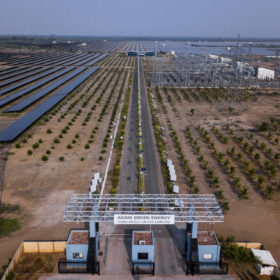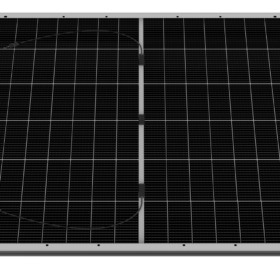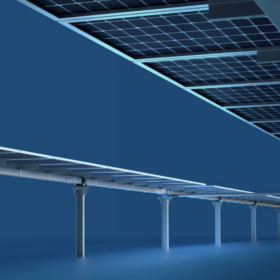Chinese PV Industry Brief: GCL completes switch to FBR polysilicon production
GCL Technology has posted CNY 15.1 billion ($16.7 billion) in revenue and a CNY 4.75 billion net loss for 2024. The Chinese polysilicon and solar module manufacturer says its current annual capacity is 480,000 metric tons (MT).
U.S. reshapes the non-China solar supply chain
The U.S. Department of Commerce (DOC) revised antidumping and countervailing duties (AD/CVDs) on Vietnamese and Malaysian solar products in December 2024. The move has reshaped the non-Chinese supply chain, with further use of tariffs likely under the new administration, explains InfoLink’s Corrine Lin.
India installs 18.5 GW of utility-scale solar in 2024
India added 18.5 GW of utility-scale solar and 4.59 GW of rooftop PV in 2024. Waaree Energies led the market with a 14.1% share of solar module shipments.
Polysilicon market steady amid challenging short-term outlook
In a new weekly update for pv magazine, OPIS, a Dow Jones company, provides a quick look at the main price trends in the global PV industry.
PV module recycling tech based on electrohydraulic shockwave fragmentation
An international research team has developed a new machine that utilizes shockwaves to separate the different materials of a PV module. Chemical processes can be further used to extract silicon and silver. Results show the recovery of more than 99.5% of the original weight of the panels.
Canadian Solar unveils 630 W anti-hail TOPCon PV panel
The Chinese manufacturer said its new bifacial module features a thicker 35 mm frame and 2.5 mm fully tempered glass on both sides. It has a power conversion efficiency of 23.3% and a temperature coefficient of -0.29%/C.
Scientists propose manufacturing process to build perovskite solar cells on the Moon
German scientists believe that power generation for future habitats on the moon could be achieved by manufacturing halide perovskite cells locally, using regolith-based moonglass.
How Trump’s widespread tariffs affect the U.S. solar industry
Tariffs of 10% are applied to most products from most countries, but energy and energy products, steel, and aluminum are exempt, as tariffs have already been applied.
PV curtailment jumps 97% in Germany in 2024
Solar curtailment increased by 97% in Germany last year, driven by rapid growth in PV deployment and unusually high solar radiation in the summer, according to the Federal Network Agency (Bundesnetzagentur).
Gonvarri Solar Steel unveils new solar tracker
Spanish manufacturer Gonvarri Solar Steel says its new TracSmarT+ 1P tracker is a two-row tracker, but it also offers a single-row version of the product.









